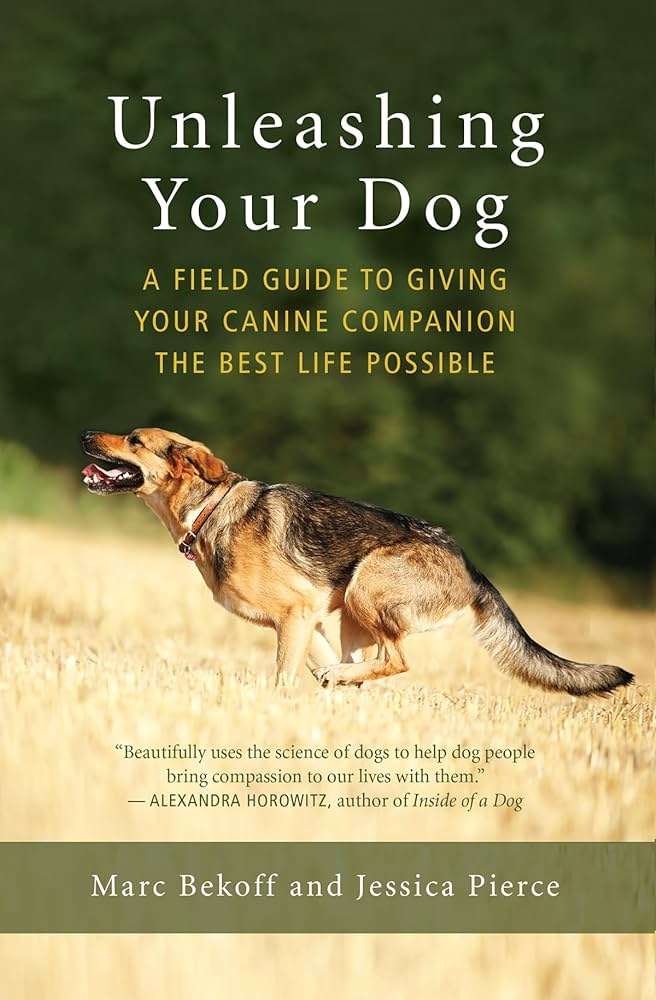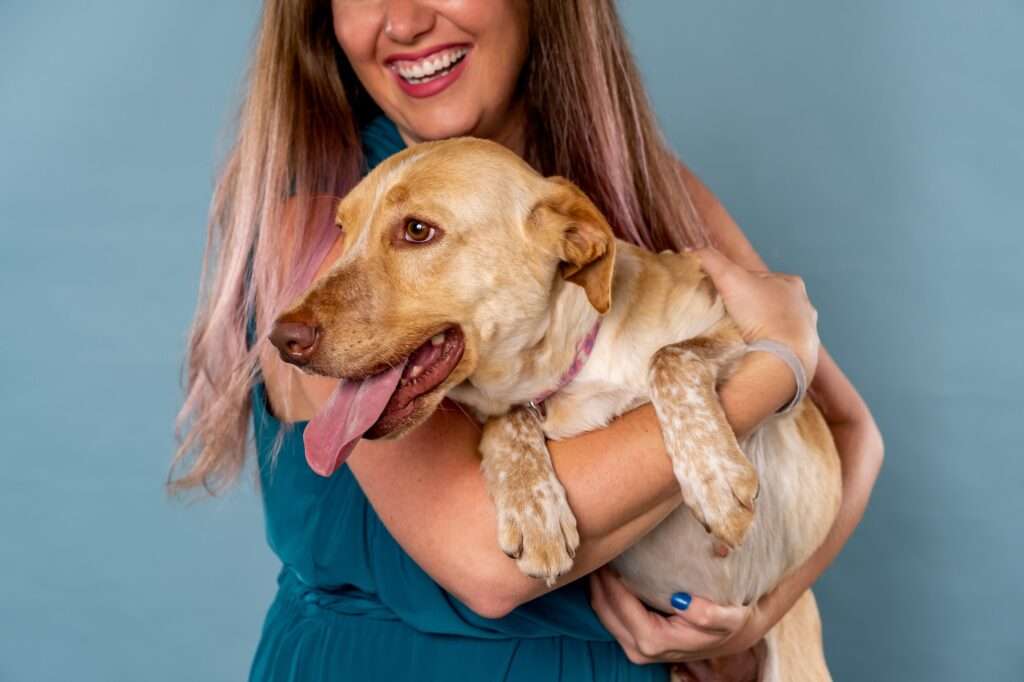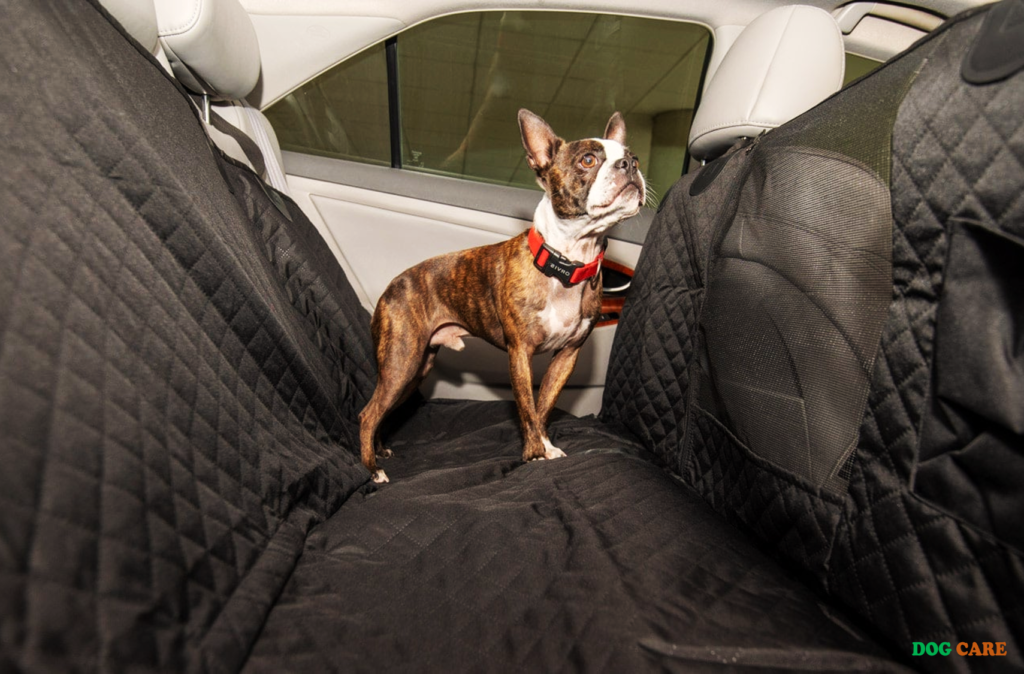Dog old age symptoms Dying may indicate that a dog is dying.

Recognizing Old Age Symptoms
As our furry friends enter their senior years, it’s essential for us as pet owners to pay close attention to any changes in their behavior and physical appearance. Dogs, like humans, experience various symptoms as they age, and being aware of these can help us provide the necessary care and support. This article will focus on the different old age symptoms in dogs and how to recognize them.
Behavioral Changes
When it comes to behavioral changes in aging dogs, there are several signs to be aware of:
- Increased sleeping and decreased activity levels.
- Difficulty rising from lying down or getting up the stairs.
- Changes in appetite, such as eating less or being picky.
- Sudden aggression or increased irritability.
- Confusion or disorientation.
- Loss of interest in previously enjoyed activities.
It’s important to note that these behavioral changes may not necessarily indicate a serious health issue but could be a result of the natural aging process. However, if you notice any sudden or extreme changes, it’s crucial to consult with a veterinarian to rule out any underlying medical conditions.
Physical Changes
Alongside behavioral changes, dogs may also exhibit physical changes as they age. Some common physical symptoms to look out for include:
- Weight gain or weight loss without a change in diet.
- Reduced muscle tone and strength.
- Joint stiffness or arthritis, leading to difficulty walking or climbing.
- Loss of vision or hearing.
- Coat changes, such as thinning or graying.
- Increased susceptibility to infections or illnesses.
Regular veterinary check-ups are fundamental in monitoring these physical changes and addressing any potential health concerns early on. Remember, with proper care and attention, we can improve the quality of life for our aging canine companions.
Providing Comfort And Care
As our beloved dogs age, it is important for us to ensure that they receive the comfort and care they need to make their final years as fulfilling and peaceful as possible. It can be difficult to see our furry friends experiencing the symptoms of old age, but by understanding their needs and taking appropriate action, we can provide the support they require. In this article, we will explore the various ways you can create a safe environment, manage pain and discomfort, and ensure proper nutrition for your senior dog.
Creating A Safe Environment
As dogs get older, they may show signs of decreased mobility and balance. To create a safe environment for your senior dog:
- Remove obstacles: Clear the paths your dog frequently walks on, ensuring there are no objects or furniture that can cause trips and falls.
- Add floor coverings: Place non-slip mats or rugs on slippery surfaces to provide better traction for your dog.
- Consider ramps or stairs: If your dog has difficulty climbing stairs or getting into the car, providing ramps or stairs can make their life easier.
- Provide a comfortable bed: A soft and supportive bed will help alleviate pressure on joints and provide a cozy spot for your dog to rest.
Managing Pain And Discomfort
Old age can bring about various aches and pains for dogs. To manage their pain and discomfort:
- Consult your veterinarian: Seek professional advice on pain management options, such as medications or supplements that can help alleviate your dog’s discomfort.
- Provide gentle exercise: Regular low-impact exercise, such as short walks or swimming, can help keep your dog’s joints active and reduce stiffness.
- Massage and physical therapy: Consider seeking the services of a professional certified in canine massage or physical therapy to provide targeted relief for your dog’s sore muscles and joints.
- Use orthopedic support: Orthopedic beds, raised food and water bowls, and supportive wraps or braces can provide additional comfort and stability for dogs with joint issues.
Ensuring Proper Nutrition
Senior dogs often have different dietary needs compared to their younger counterparts. To ensure your dog receives proper nutrition:
- Choose senior-specific formulas: Look for dog food specifically formulated for senior dogs, as they contain the appropriate blend of nutrients and lower calories to support aging bodies.
- Monitor weight: Keep an eye on your senior dog’s weight and make adjustments to their food intake accordingly to avoid obesity or malnourishment.
- Incorporate supplements: Consult your veterinarian about incorporating supplements, such as glucosamine or fish oil, into your dog’s diet to support joint health and overall well-being.
- Provide fresh water: Ensure your dog always has access to clean and fresh water, as proper hydration is essential for their overall health.
Monitoring The Dog’s Health
Monitor your dog’s health as it ages to spot potential symptoms of old age or deterioration. Being aware of these signs can help ensure their comfort and well-being during this stage of their life.
Monitoring the health of your dog is crucial, especially as they enter their old age. Regular vet check-ups, keeping an watchful eye on vital signs, and tracking medications and treatments are all essential aspects of ensuring your furry friend remains comfortable and happy. By prioritizing these measures, you can catch any potential health issues early on and provide the necessary care for your dog as they age.
Regular Vet Check-ups
Regular vet check-ups are essential for monitoring the health of your aging dog. These check-ups allow the vet to perform a thorough examination, assess any changes in your dog’s health, and detect potential issues before they worsen. During these visits, the vet will evaluate your dog’s weight, coat condition, mobility, and overall well-being. They may also run diagnostic tests, such as bloodwork or X-rays, to get a more comprehensive picture of your dog’s health. These check-ups offer an opportunity to ask questions, address any concerns, and receive advice on how to optimize your dog’s quality of life.
Monitoring Vital Signs
Keeping a close eye on your dog’s vital signs can provide valuable insights into their health. Monitoring their body temperature, heart rate, and respiratory rate can help you identify any abnormal patterns or changes that may indicate an underlying medical condition. Additionally, observe their appetite, thirst, and energy levels to spot any significant shifts. It’s crucial to remain vigilant and take note of any variations in these vital signs. Remember, early detection can make a significant difference in your dog’s well-being and allow for prompt intervention.
Tracking Medications And Treatments
As your dog ages, they may require medications or treatments to manage various health issues. It’s essential to keep track of these medications and treatments to ensure your dog receives them consistently and in the correct dosage. Create a system that helps you remember when to administer medications, such as setting reminders on your phone or using pill organizers. Additionally, communicate with your vet if you notice any adverse reactions or if the prescribed treatment seems ineffective.
Regularly updating your vet on your dog’s progress will enable them to adjust their treatment plan, if necessary, to ensure optimal results. In conclusion, monitoring your dog’s health in their old age is essential for their well-being. Regular vet check-ups, monitoring vital signs, and tracking medications and treatments are vital components of this process. By being proactive in monitoring your dog’s health, you can provide them with the care they need and help them enjoy their golden years to the fullest.
Emotional Support For The Dog And Owner
When our furry companions reach their golden years, it is important to provide them with emotional support to ensure their well-being. As dogs age, they may experience various symptoms and potentially face the end of their life. This can be a difficult and emotional time for both the dog and their owner. However, there are ways to offer comfort and solace during this transition. This article discusses two key aspects of emotional support: spending quality time and exploring alternative therapies.
Spending Quality Time
During a dog’s old age and especially as they approach the end of their life, spending quality time together becomes crucial. This allows the dog and their owner to strengthen their bond and create lasting memories. Here are a few ideas for spending meaningful time with your aging dog:
- Take leisurely walks in their favorite places, allowing them to enjoy the smells and sights of the outdoors.
- Engage in gentle play sessions that match their physical capabilities, focusing on activities they love.
- Provide regular cuddling and physical affection, which can be soothing and comforting for both of you.
- Try to maintain their routine and continue with activities they enjoy, such as mealtime rituals or regular outings.
Exploring Alternative Therapies
Besides spending quality time, exploring alternative therapies can provide additional emotional support for both dogs and their owners during this challenging time. These therapies can help alleviate discomfort, provide relaxation, and enhance overall well-being. Some popular alternative therapies for aging dogs include:
- Acupuncture: This ancient practice involves the insertion of thin needles into specific points of the body to promote healing and balance.
- Massage: Gentle and targeted massages can aid in reducing pain, relieving muscle tension, and improving circulation.
- Aromatherapy: Certain essential oils, when used properly, can have a calming effect on dogs and promote a sense of relaxation.
- Herbal Supplements: Consult with a veterinarian to explore herbal remedies that may help address specific symptoms or provide overall support.
Remember, it is important to consult with a professional, such as a veterinarian or certified practitioner, before incorporating any alternative therapy into your dog’s routine. They can guide you in finding the most suitable approach for your dog’s individual needs.
Making End-of-life Decisions
As dogs age, they may experience symptoms that indicate they are nearing the end of their life. Recognizing these signs can help owners make difficult end-of-life decisions for their beloved pets.
Consulting With The Vet
As your furry friend enters their golden years, it is essential to consult with your veterinarian regarding their end-of-life care. Regular check-ups and open communication with the vet will help you make informed decisions about your dog’s well-being. The vet will assess your dog’s health condition, provide you with valuable insights, and offer guidance on how to manage their symptoms and maintain their comfort. Listening to your vet’s professional advice will help you navigate through the difficult choices that arise during this stage of your dog’s life.
Considering Quality Of Life
When it comes to making end-of-life decisions for your beloved companion, considering their quality of life is of utmost importance. Assessing your dog’s overall well-being will help you determine whether their current state is manageable or if their condition is irreversibly deteriorating. Pay attention to signs such as chronic pain, loss of appetite, difficulty breathing, and reduced mobility. By understanding your dog’s daily struggles and limitations, you can ensure they are not suffering needlessly and maintain their dignity until the very end.
Exploring Euthanasia Options
In some cases, euthanasia may be considered the most humane choice for your aging dog. This decision can be emotionally challenging, but it can also prevent unnecessary pain and suffering. Discussing euthanasia options with your vet will equip you with knowledge about the process, ensuring it is carried out in a peaceful and compassionate manner. Your vet can inform you about the different methods available and help you determine the most appropriate one for your dog based on their size, health condition, and temperament.
Remember, this is a decision made out of love, putting your dog’s well-being above all else. In conclusion, when faced with end-of-life decisions for your aging dog, seeking guidance from a veterinarian, assessing their quality of life, and exploring euthanasia options are crucial steps. By staying informed and proactive, you can ensure your loyal companion receives the care and compassion they deserve during their final stages of life.
Frequently Asked Questions Of Dog Old Age Symptoms Dying
What Are The Common Symptoms Of Old Age In Dogs?
Common symptoms of old age in dogs include decreased activity level, weight gain, stiff joints, and increased sleeping.
How Can I Tell If My Dog Is Nearing The End Of Their Life?
Signs that your dog may be nearing the end of their life include loss of appetite, difficulty breathing, and decreased interest in activities.
What Are The Signs That A Dog Is Dying?
Signs that a dog is dying can include extreme lethargy, loss of bladder and bowel control, and difficulty standing or walking.
How Long Can A Dog Live With Old Age Symptoms?
The lifespan of a dog with old age symptoms can vary, but on average, dogs usually live between 10 to 13 years.
How Can I Make My Aging Dog More Comfortable?
To make your aging dog more comfortable, provide a well-balanced diet, regular exercise, and a cozy, quiet environment. Consider using supplements recommended by your veterinarian.
Conclusion
Recognizing the symptoms of aging in dogs is crucial for ensuring their well-being during this stage of life. By being aware of the signs of decline, such as changes in mobility, appetite, and behavior, we can provide the appropriate care and support our furry friends need.
Regular check-ups with a veterinarian and a loving, comfortable environment can make a significant difference in their quality of life. Taking proactive steps to address these symptoms can help our beloved dogs age gracefully and enjoy their senior years to the fullest.


